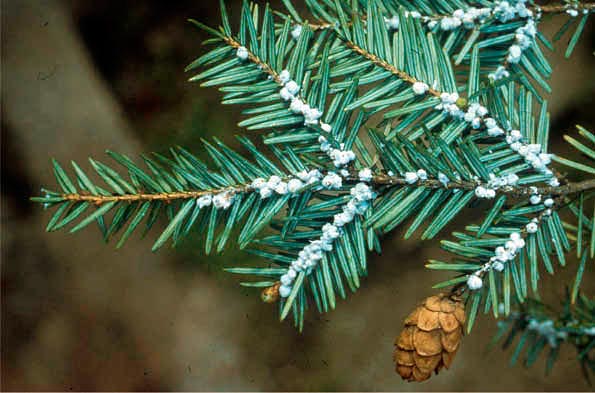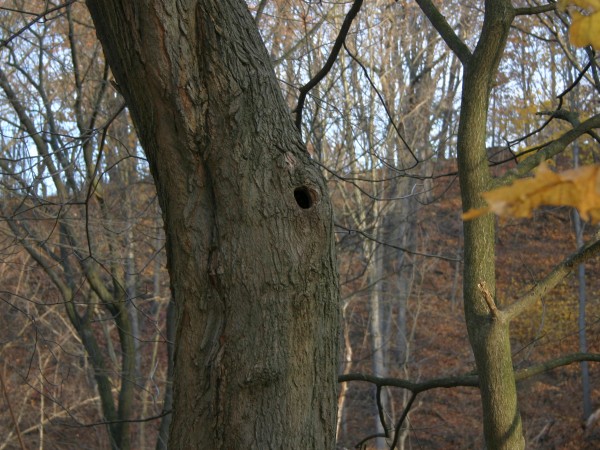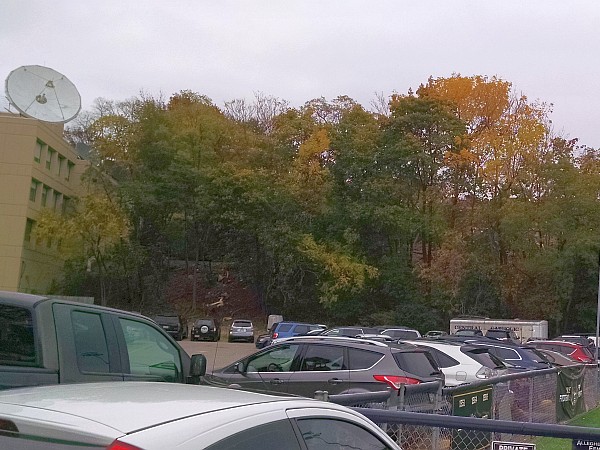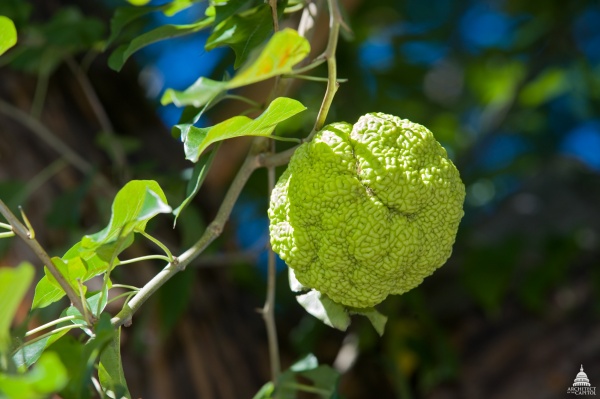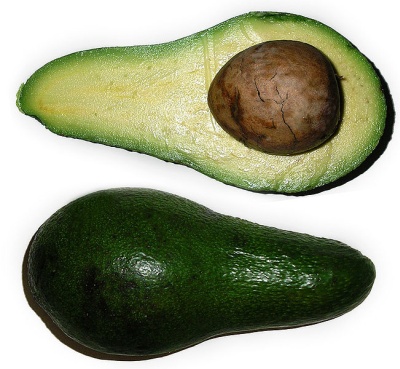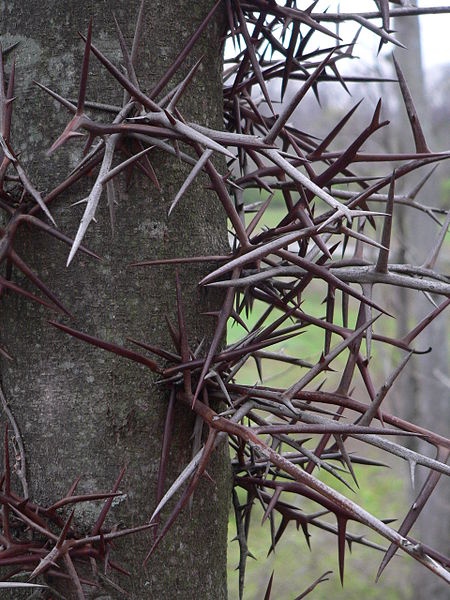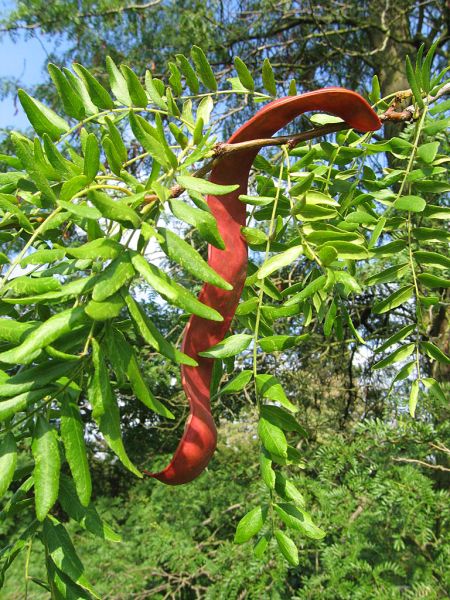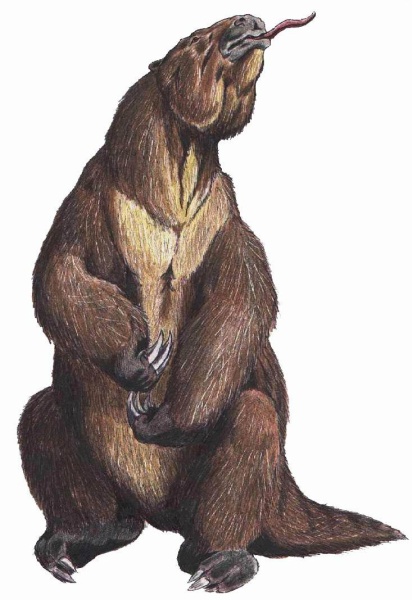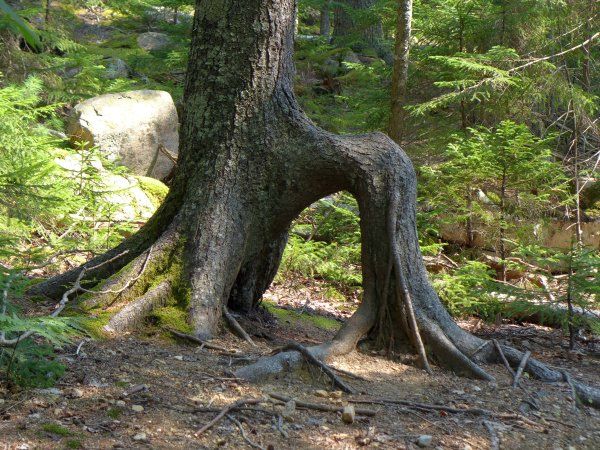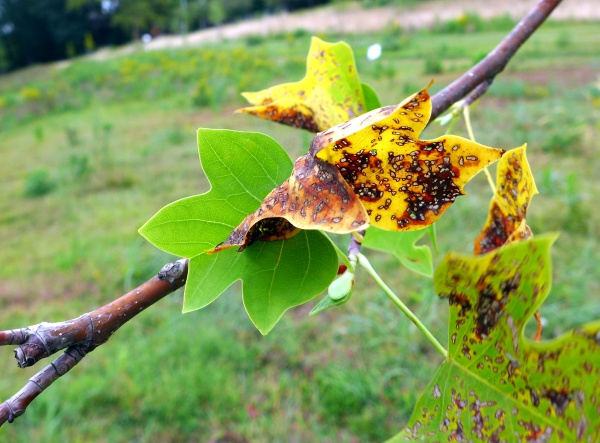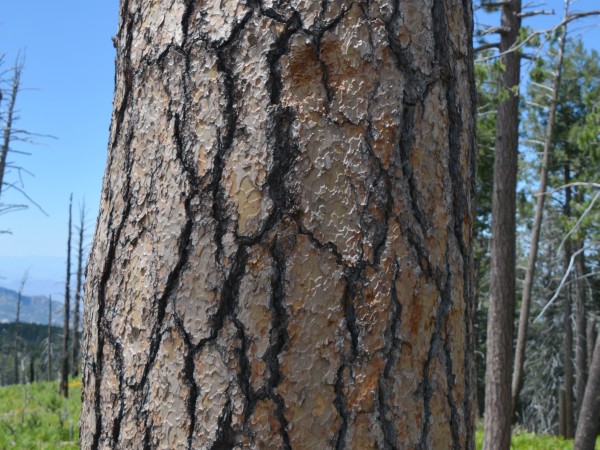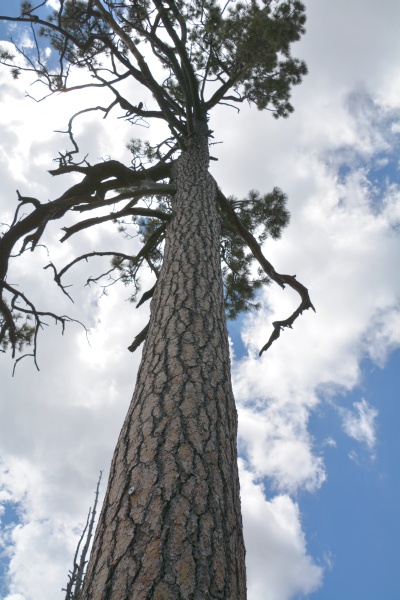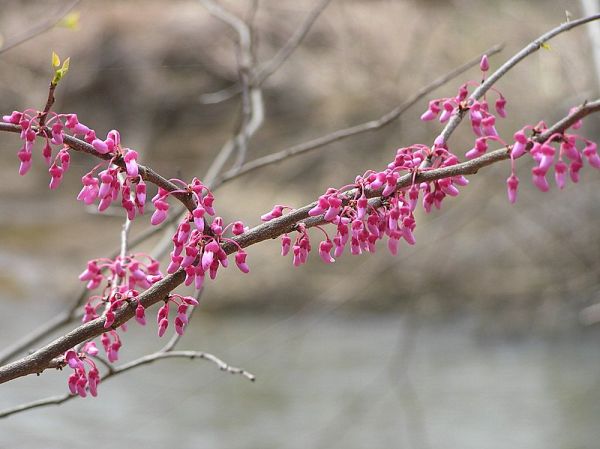
Imagine that Pittsburgh was as beautiful in the spring as Washington, D.C. during the Cherry Blossom Festival.
That’s the vision that local landscape architect Frank Dawson had when he proposed planting eastern redbud trees along Pittsburgh’s riverfronts.
This spring the dream is starting to come true.
Thanks to a grant from Colcom Foundation, the Western Pennsylvania Conservancy is launching the Pittsburgh Redbud Project. From now through Spring 2017 they’ll plant 1,200 eastern redbud and other native trees in Downtown Pittsburgh and along the city’s riverfronts. Everyone who helps through May 12 will get a free seedling. (They’re giving away 1,500 of them!)
Eastern redbuds (Cercis canadensis) are understory trees in the Pea family that bloom in early spring. Native from southern Pennsylvania to eastern Texas, they’re cultivated for their beauty because their rose-pink flowers open on bare branches before the leaves.
Come to the Redbud Project’s Launch Event on Tuesday, April 19 at 10:00am at the Three Rivers Heritage Trail near the Mister Rogers statue. Students and volunteers will plant 60 trees along the riverfront. Attendees get a free redbud seedling. (Click here for more information, here to RSVP.)
Here’s a planting along River Avenue to give you an idea of the beautiful results.

More events and volunteer opportunities are coming in the weeks ahead. Click here for a list. Get a free tree!
Soon our Downtown and riverfronts will be transformed.
(photos: redbud flowers’ closeup by Dianne Machesney. Row of redbud trees on River Avenue, courtesy Western Pennsylvania Conservancy)

